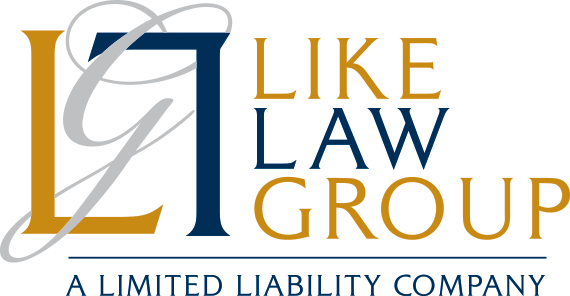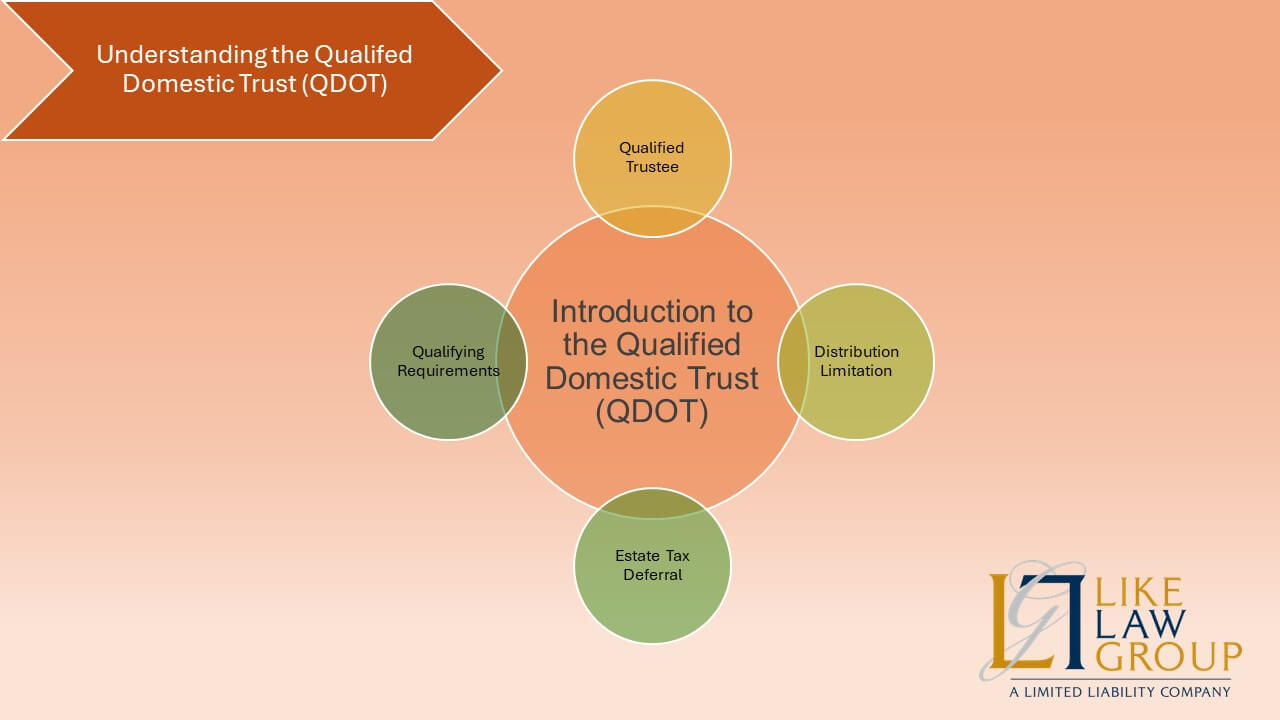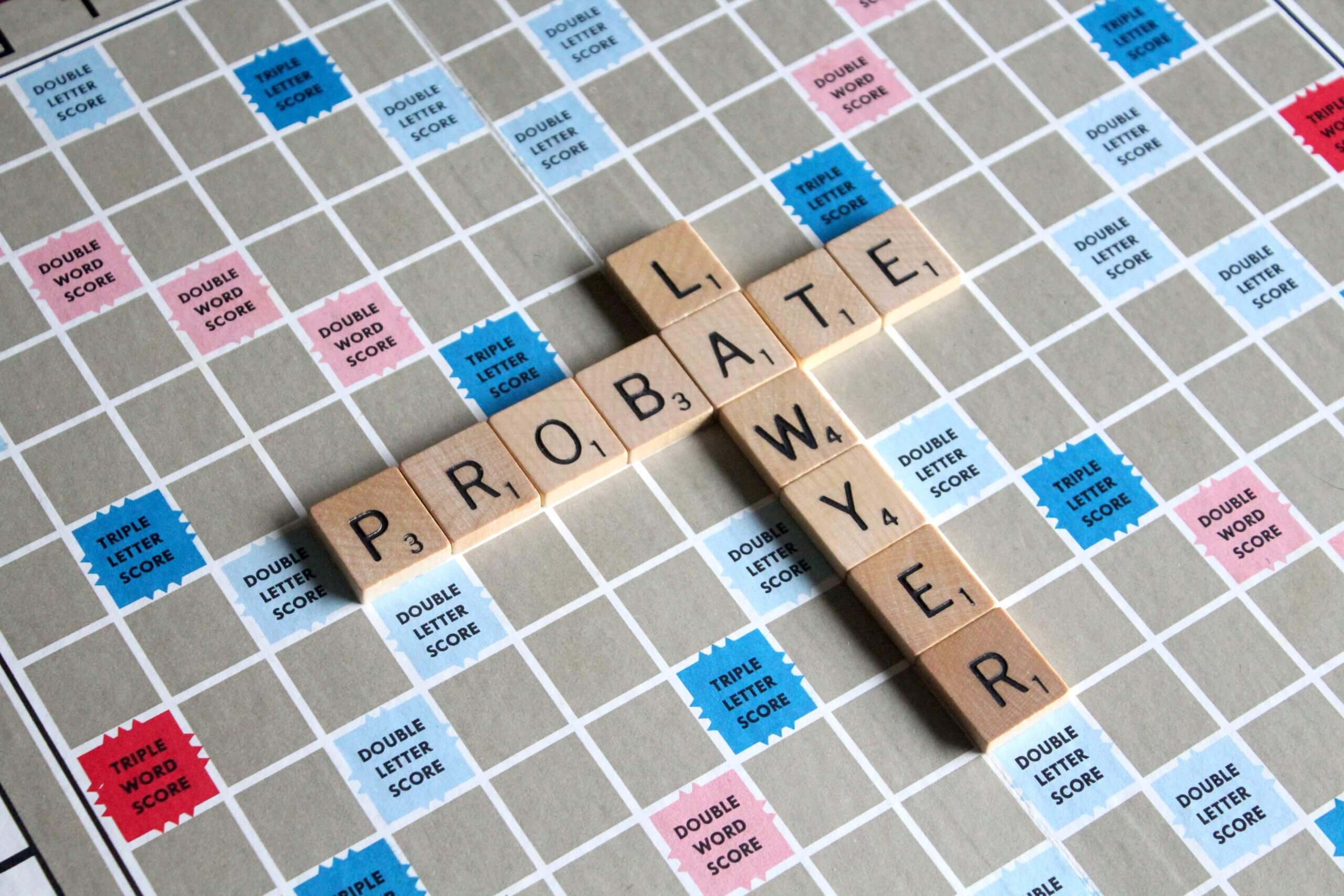Having an estate plan is a great way to ensure you and your loved ones are protected today and in the future. When creating an estate plan, we look at what is going on in your life at that time. But because life is full of changes, it is important to make sure your plan can change to accommodate whatever life throws your way. Sometimes, we can make your first estate plan flexible to account for potential life changes. Other times, we must change or add to the tools we use to ensure that your ever-evolving wishes will be carried out the way you want.
Life Changes that Could Impact the Tools in Your Estate Plan
Life is constantly changing. The following are some important events that may require you to reevaluate your estate plan:
- The value of your accounts and property have increased
- Your pay has increased
- The balance of your retirement account has grown significantly
- You acquired real estate in another state
- You received an inheritance
- You have a new spouse, significant other, or minor child that you want to provide for
Ways We Can Enhance Your Estate Plan
It is important to know when you create your first estate plan that you are not locked into this plan for the rest of your life. The following are common changes we can make to your estate plan to ensure that we adequately address your evolving concerns and wishes.
Transitioning from a Last Will and Testament to a Revocable Living Trust
A will (sometimes referred to as a last will and testament) is a tool that allows you to leave your money and property to anyone you choose. It names a trusted decision maker (a personal representative or executor) to wind up your affairs at your death, lists how your money and property will be distributed, and appoints a guardian to care for your minor children. If you rely on a will as your primary estate planning tool, the probate court will oversee the entire administration process at your death. A will may adequately meet some clients’ needs.
On the other hand, a revocable living trust is a tool in which a trustee is appointed to hold title to and manage the accounts and property that you transfer to your trust for one or more beneficiaries. Typically, you will serve as the initial trustee and be the primary beneficiary. If you are incapacitated (unable to manage your affairs), the backup trustee will step in and manage the trust for your benefit with little interruption and with less potential for costly court involvement. Upon your death, the backup trustee manages and distributes the money and property according to your instructions in the trust document, again without court involvement.
If your wealth has grown or you have new loved ones to provide for, you may find the privacy, expediency, and potential cost-savings associated with a revocable living trust more appropriate for your situation.
Adding an Irrevocable Life Insurance Trust
At some point, you may decide that you need life insurance—or more of it—to provide for your loved ones sufficiently. If the value of your life insurance is especially high, you may want to consider adding protections for the funds in your estate plan, as well as engaging in estate tax planning. Both goals can be accomplished by using an irrevocable life insurance trust (ILIT). Once you create the ILIT, you fund it either by transferring ownership of an existing life insurance policy into the trust or by having the trust purchase a new life insurance policy. Once the trust owns a policy, you then make cash gifts to the trust to pay for the insurance premiums. These gifts can count against your annual gift tax exclusion, so you likely will not owe taxes at the point of these transfers. Upon your death, the trust receives the death benefit of the policy, and the trustee holds and distributes the money according to your instructions in the trust document. This tool allows you to remove the value of the life insurance policy and the death benefit from your taxable estate while allowing you to control what will happen to the death benefit. An ILIT can also be helpful if you want to name beneficiaries for the trust who differ from the beneficiaries you name in other estate planning tools.
Adding a Standalone Retirement Trust
If you have been contributing to your retirement account over the years, the balance has ideally increased. If you want to provide for minor children or loved ones who are not good at managing money, you may want to name a trust as the beneficiary of your retirement account as opposed to naming your loved ones directly. Naming an individual directly as a beneficiary will allow them to inherit the account without restrictions or protections.
A standalone retirement trust (SRT) is a special type of trust that is separate and distinct from your revocable living trust. It is designed to be the beneficiary of your retirement accounts so that the trust becomes the owner of the account after your death. The SRT is only meant to hold retirement accounts. When the SRT is created as an accumulation trust, the trust can protect the inherited retirement account from the beneficiary’s creditors as well as guardianship or probate proceedings. An accumulation trust requires that any withdrawals taken from the retirement account be held in the trust (not given directly to the trust beneficiaries) and distributed to the beneficiaries according to the instructions you lay out in the trust agreement. There are, of course, drawbacks to an accumulation trust. One such drawback is that because income is held in the trust and not automatically distributed to beneficiaries, the income is taxed at the trust income tax rate, which is often higher than the individual beneficiary’s tax rate. Most people, however, find that the benefits outweigh this potential burden. An SRT ensures that the inherited retirement account remains in the family and out of the hands of a child-in-law, former child-in-law, or creditor. It can also enable proper planning for disabled or special needs beneficiaries.
This type of trust can also be easier for your backup trustee to administer because they only have to worry about one type of asset: retirement accounts. An SRT can also be helpful if you want to name beneficiaries different from those you have named in other estate planning tools.
Adding a Charitable Trust
As you accumulate more wealth or become more philanthropically inclined, you may wish to include separate tools to benefit a cause that is near and dear to your heart. Depending on your unique tax situation, using tools such as a charitable remainder or charitable lead trust can allow you to use your accounts or property that are increasing in value to benefit the charity while offering you some potential tax deductions.
A charitable remainder trust (CRT) is a tool designed to potentially reduce both your taxable income during life and estate tax exposure when you die by transferring cash or property out of your name (in other words, you will no longer be the owner). As part of this strategy, you will fund the trust with the money or property of your choosing. The property will then be sold, and the sales proceeds will be invested in a way that will produce a stream of income. The CRT is designed so that when it sells the property, the CRT will not have to pay capital gains tax on the sale of the stocks or real estate. Once the stream of income from the CRT is initiated, you will receive either a set amount of money per year or a fixed percentage of the value of the trust (depending on how the trust is worded) for a term of years. When the term is over, the remaining amount in the trust will be distributed to the charity you have chosen.
A charitable lead trust (CLT) operates in much the same way as the CRT. The major difference is that the charity, rather than you as the trustmaker, receives the income stream for a term of years. Once the term has passed, the individuals you have named in the trust agreement will receive the remainder. This can be an excellent way to benefit a charity while still providing for your loved ones. Also, you may receive a deduction for the value of the charitable gifts that are made periodically over the term. These deductions may offset the gift or estate tax that may be owed when the remaining amount is given to your beneficiaries.
Adding Documents to Care for Your Minor Child
If you have not reviewed your estate plan since having or adopting children, you should consider incorporating some additional tools into your estate plan. Some states recognize a separate document that nominates a guardian for your minor child should you be unable to care for them, even if you are still alive. You can also reference this document in your last will and testament. Some people prefer using this separate document because it is easier to change the document than it is to change your will if you want to choose a different guardian or backup guardian for your minor child.
Another tool recognized in some states is a document that grants temporary guardianship (referred to as temporary power of attorney in some states) over your minor child. This can be used if you are traveling without your child or are in a situation where you are unable to quickly respond to your child’s emergency. This document gives a designated individual the authority to make decisions on behalf of the minor child (with the exception of agreeing to the marriage or adoption of the child). This document is usually only effective for six months to a year but can last for a longer or shorter period, depending on your state’s law. You still maintain the ability to make decisions for your child, but you empower another person to have this authority in the event you cannot address the situation immediately.
Let Us Elevate Your Planning
We are committed to making sure that your wishes are carried out in the way that you want. For us to do our job, we must ensure that your wishes are properly documented and that any relevant changes in your circumstances are accounted for in your estate plan. If you need an estate plan review or update, give us a call.












